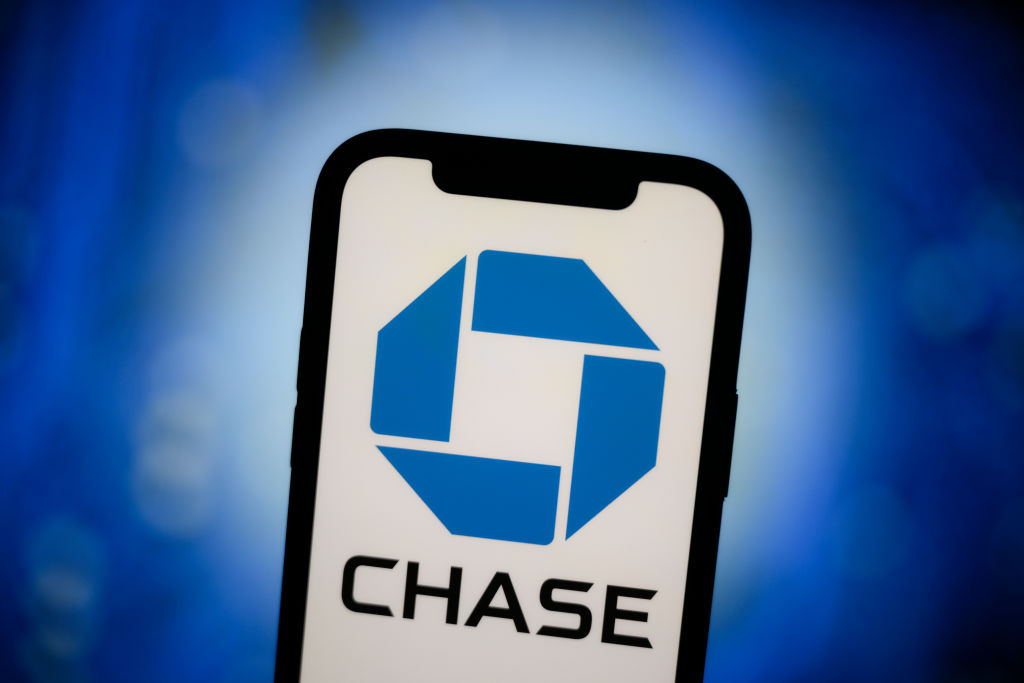Chase cuts rate on easy-access saver again – is it still a best-buy account?
The Chase easy-access account is a favourite with savers and used to offer one of the best rates on the market. How does it stack up after cutting rates this week?


Chase customers have seen the rate on their easy-access savings account fall again this week, this time by 0.1%.
It is the second time the rate has fallen over the past two months. The rate was also cut by 0.25% on 8 August in response to the Bank of England’s base rate cut.
This brings the overall rate to 3.75% for customers on the standard deal, or 4.75% for those who managed to secure an additional 1.00% through a temporary bonus deal that has now closed.
MoneyWeek
Subscribe to MoneyWeek today and get your first six magazine issues absolutely FREE

Sign up to Money Morning
Don't miss the latest investment and personal finances news, market analysis, plus money-saving tips with our free twice-daily newsletter
Don't miss the latest investment and personal finances news, market analysis, plus money-saving tips with our free twice-daily newsletter
The digital challenger bank, owned by JP Morgan, used to offer one of the best rates on the market. As recently as July this year, savers could earn up to 5.1%. However, the offering has become less competitive as the savings market has cooled.
Chase is not the only provider that is reducing its rate. The top deals across a range of providers have been gradually disappearing since the savings market peaked in November last year.
Scores of providers have slashed their rates further over the past couple of months after the base rate was cut from 5.25% to 5% on 1 August.
The rate paid by Chase is still above the market average, which is currently 3.06% according to Moneyfacts. However, savers can now find better deals elsewhere by shopping around, particularly if they are on the standard Chase rate rather than the bonus deal.
Some of the most competitive easy-access accounts on the market are still paying around 5%, but savers will need to act quickly to secure the top deals before further base rate cuts materialise.
You should also read the terms and conditions carefully when opening a savings account to understand whether there are any criteria you need to meet to qualify for the rate.
It’s also worth remembering that some accounts are more flexible than others – and some providers only pay the top rate if you meet certain balance requirements. Others offer a bonus rate which boosts the overall amount of interest, but this generally expires after a period of time (often 12 months).
If you don’t need to access your savings pot in the near future, you could be better off putting it in a fixed-rate account to protect yourself against further base rate cuts. See our round-up of the best one-year fixed savings accounts.
How does the Chase rate work?
The Chase account pays a tracker rate, which is currently set at 1.25% below the Bank of England base rate. Prior to 8 October, it was set at 1.15% below the base rate.
Unlike some accounts, Chase pays the full rate on all balances over £1. The maximum balance on the account is £3,000,000, but savers should remember only £85,000 is protected under the Financial Services Compensation Scheme (FSCS).
A base rate tracker is not necessarily a bad thing. It can help time-poor savers bag a competitive savings rate and can prove more transparent in terms of its approach. However, savers should be prepared for the Chase rate to drop again after the next base rate cut.
Earlier this year, Rachel Springall, finance expert at Moneyfacts, told MoneyWeek: “There are only a handful of easy-access accounts that have their interest rate tied to the Bank of England base rate, but even so, it’s important savers check the terms and conditions carefully on their account so they can be prepared for any rise or fall.”
Investors and economists are expecting one or two more cuts to the base rate before the end of the year. The Bank of England is expected to cut in increments of 0.25%. If these cuts materialise, it would take the base rate down to 4.5% by the end of the year. Based on the current terms and conditions, the Chase rate would then fall to 3.35%.
Other providers (whether they are on a tracker rate or not) are also likely to slash their savings rates as the base rate comes down. This means it is important to keep an eye on comparison sites as rates change to ensure the interest you are earning on your account is still competitive.
Get the latest financial news, insights and expert analysis from our award-winning MoneyWeek team, to help you understand what really matters when it comes to your finances.
Katie has a background in investment writing and is interested in everything to do with personal finance, politics, and investing. She previously worked at MoneyWeek and Invesco.
-
 Boost for over 100,000 families on Child Benefit as new HMRC payment system rolled out
Boost for over 100,000 families on Child Benefit as new HMRC payment system rolled outThousands of households will no longer have to pay the dreaded High Income Child Benefit Charge through self-assessment
-
 Are you being haunted by the ghost of Christmas past? How festive cutbacks could boost your long-term wealth
Are you being haunted by the ghost of Christmas past? How festive cutbacks could boost your long-term wealthThe average family spends around £1,000 over the Christmas season. Here’s how much you could have gained if you had invested some of the money instead.
